|
Those aged 30 and younger may never have experienced a truly dark night sky. And if no action is taken, they never will. Every year, the remaining dark patches on this planet shrink as both the amount of artificial light used and the area it covers grow by about 2% per year. And satellite “megaconstellations” add to terrestrial light pollution in even the darkest skies. The changes go largely unnoticed because it’s difficult to perceive what we’re losing so gradually yet persistently. Adapted from John Barentine Ph.D. Dark Sky Consulting, LLC To confront problems effectively, we must understand them. And to tackle the problem of light pollution around the world, we must become familiar with the knowns and the unknowns of the subject. In support of that goal, last month the International Dark-Sky Association (IDA) released the “Artificial Light at Night: State of the Science 2022” report. It is a high-level overview of the best of our scientific understanding of how artificial light at night affects the nighttime environment. It finds the world transformed by electric light in less than 150 years since its introduction. This document condenses the current scientific consensus on how artificial light affects seven key topics: The Night Sky Light emitted into the night sky makes it difficult to see the stars. On the ground, artificial light at night (ALAN) makes the nighttime environment brighter. Weather changes like clouds and snow on the ground can make this impact worse. New and inexpensive light sources like white light-emitting diodes (LEDs) have a growing impact on both the night sky and outdoor spaces at night. Wildlife and Ecology ALAN exposure impacts almost every species studied by scientists. It interferes with their biology and changes how they interact with the environment. This harms ecosystems and can make plants and animals less resilient in the face of environmental change. Human Health Scientific evidence establishes a link between ALAN exposure and adverse human health consequences. These include disruptions in chemical signaling in the body, certain kinds of changes at the genetic level, and shifts in sleep/wake cycles set by natural light sources. These effects may contribute to the incidence of certain chronic diseases in some people. These conclusions are largely drawn from controlled studies of exposures to indoor lighting, suggesting caution in interpreting the influence of outdoor lighting on health. Public Safety The belief that outdoor lighting improves traffic safety and discourages or prevents crime is common. It may explain in part the rapid growth in the use of outdoor light at night in recent years and decades. There are cases where the careful application of outdoor lighting may improve nighttime safety, but there is no general benefit supported by scientific evidence. Energy Use and Climate Change Wasted outdoor light at night is wasted energy. The world remains highly dependent on fossil fuels to generate electricity. Since light pollution represents a waste of energy, it also contributes directly to climate change. Social Justice We know very little about how ALAN affects people in social contexts. Light at night may be used in ways that affect neighborhoods according to the race of the people who live in them. That may make light at night use a matter of social and environmental justice. Earth Orbiting Sources of Light Pollution The number of artificial satellites surrounding the Earth is increasing rapidly. Satellites reflect sunlight to the ground and change the appearance of the night sky. Because they raise night sky brightness, they are a new kind of light pollution threat. Scientific interest in light pollution is surging, and the number of scientific papers on the subject published each year is now three times higher than it was a decade ago. Researchers make new discoveries and collect data supporting earlier conclusions. The landscape of light pollution research changes often. As such, we consider this report as a “living document” that will be updated in the future to account for further developments in the various fields of artificial light at night research.
For a closer look at how and why IDA created this report, click here to watch the March 2022 Advocates Meeting presented by Dr. John Barentine. |
Archives
July 2024
|
|
Donations to Dark Sky Defenders do not go to DarkSky International. Please contribute directly to DSI for donations and memberships.
|
|

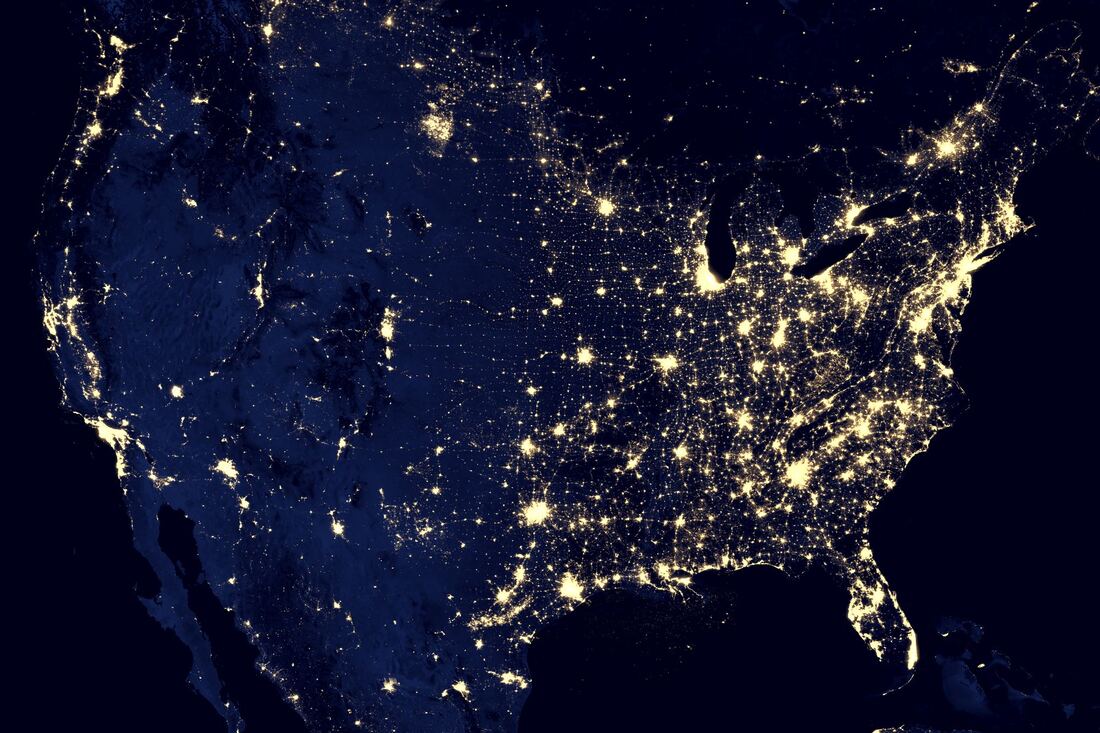
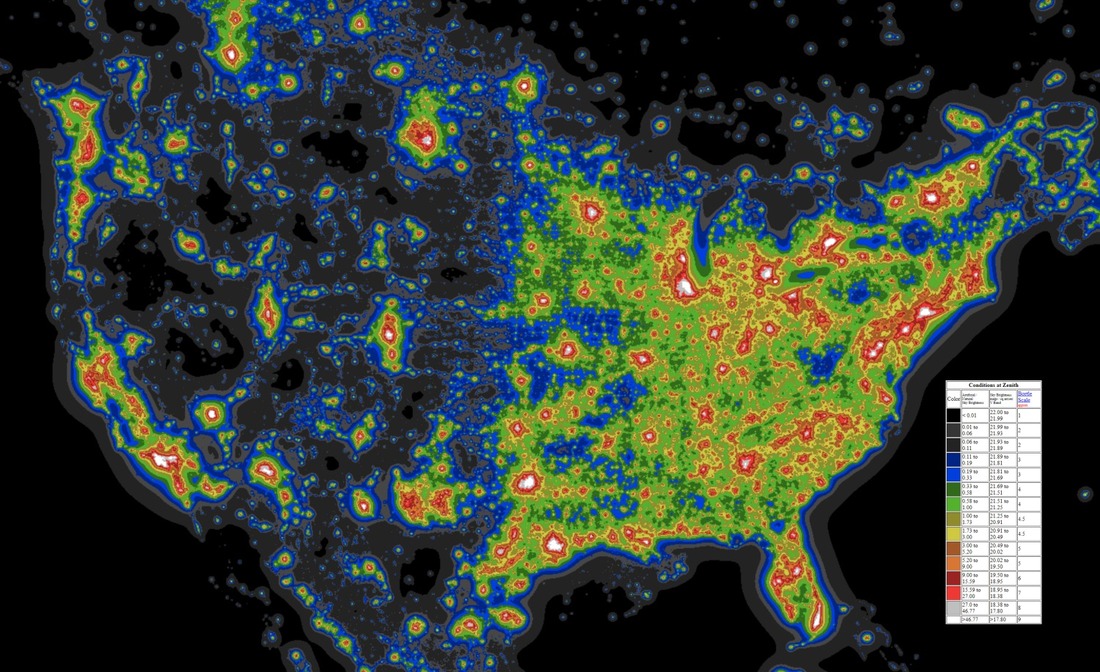
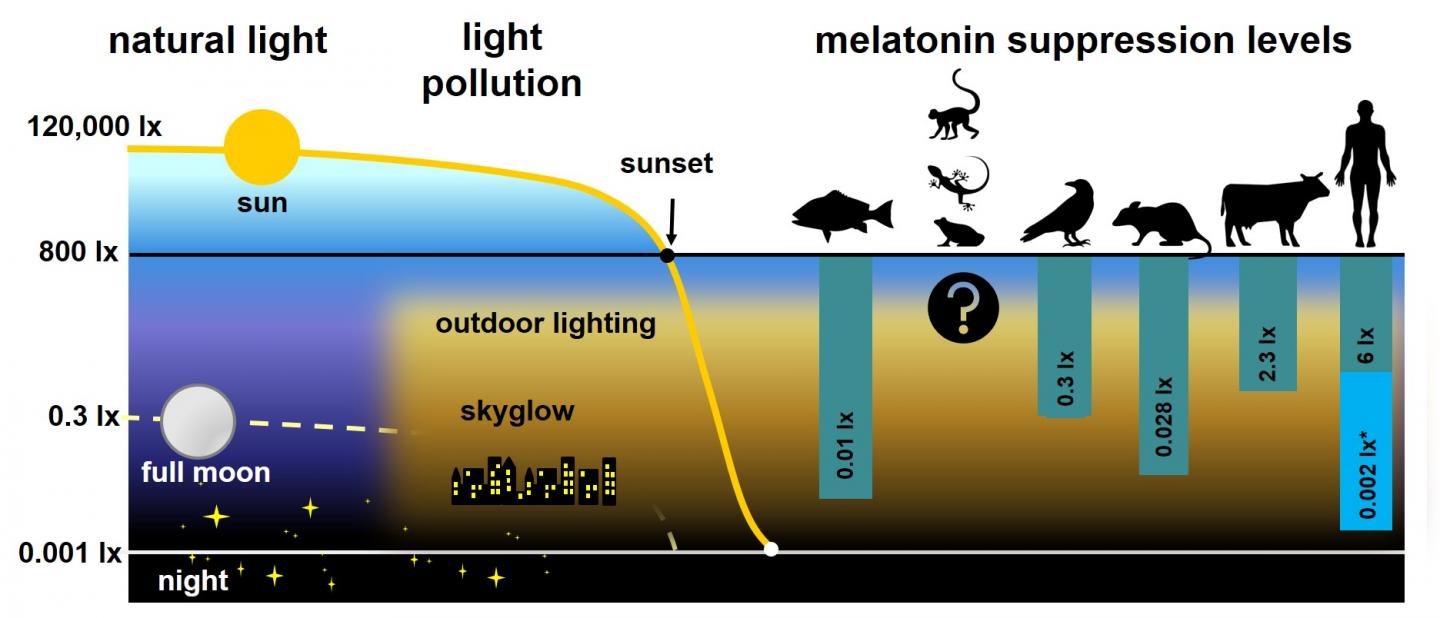
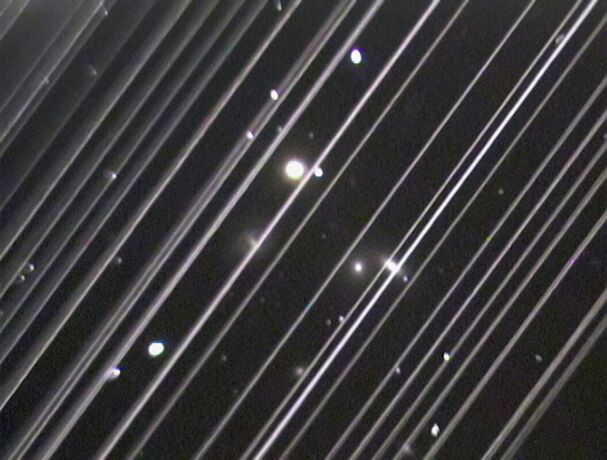
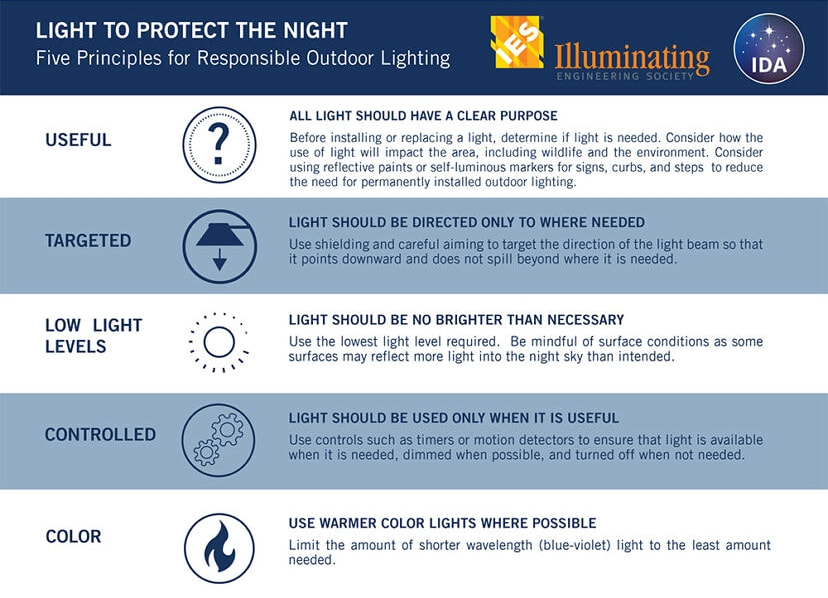
 RSS Feed
RSS Feed
